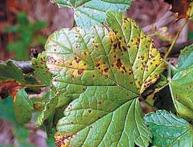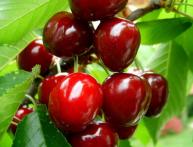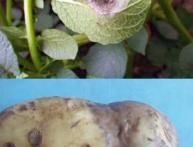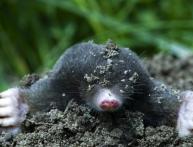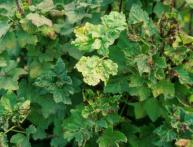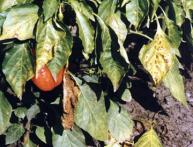Garlic diseases
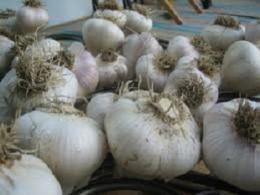
Garlic is grown in many countries around the world. It not only adds a spicy kick to various dishes, but is also used as an antiseptic for medicinal purposes.
Growing garlic in your summer cottage, as well as its subsequent storage, requires experience and knowledge, since this crop can be affected by various pests and diseases.
Garlic diseases can affect not only garlic cloves, but also leaves and inflorescences of the plant.
Rust is considered one of the most dangerous diseases. It infects garlic leaves, covering them with so-called convex pads of light yellow color, which subsequently turn black. If rust development is not prevented in time, the leaves will dry out prematurely and the plant will die.
Another common and dangerous disease is neck rot, the causative agent of which is a fungus. Moreover, the primary infection occurs before harvesting due to lodging of leaves, in which the causative agent of the disease develops.
Damage to garlic by white rot can occur during the ripening period or during storage. The disease manifests itself in yellowing of young green leaves and their subsequent death. And the garlic itself becomes watery and rots.
Storing garlic at high temperatures (over 20 degrees) leads to a fungal disease called black mold.
Garlic mosaic is a viral disease. The virus infects the inflorescences and leaves of the plant in the form of a mosaic pattern.
When the first signs of any garlic disease appear, all necessary measures should be taken to eliminate it.

